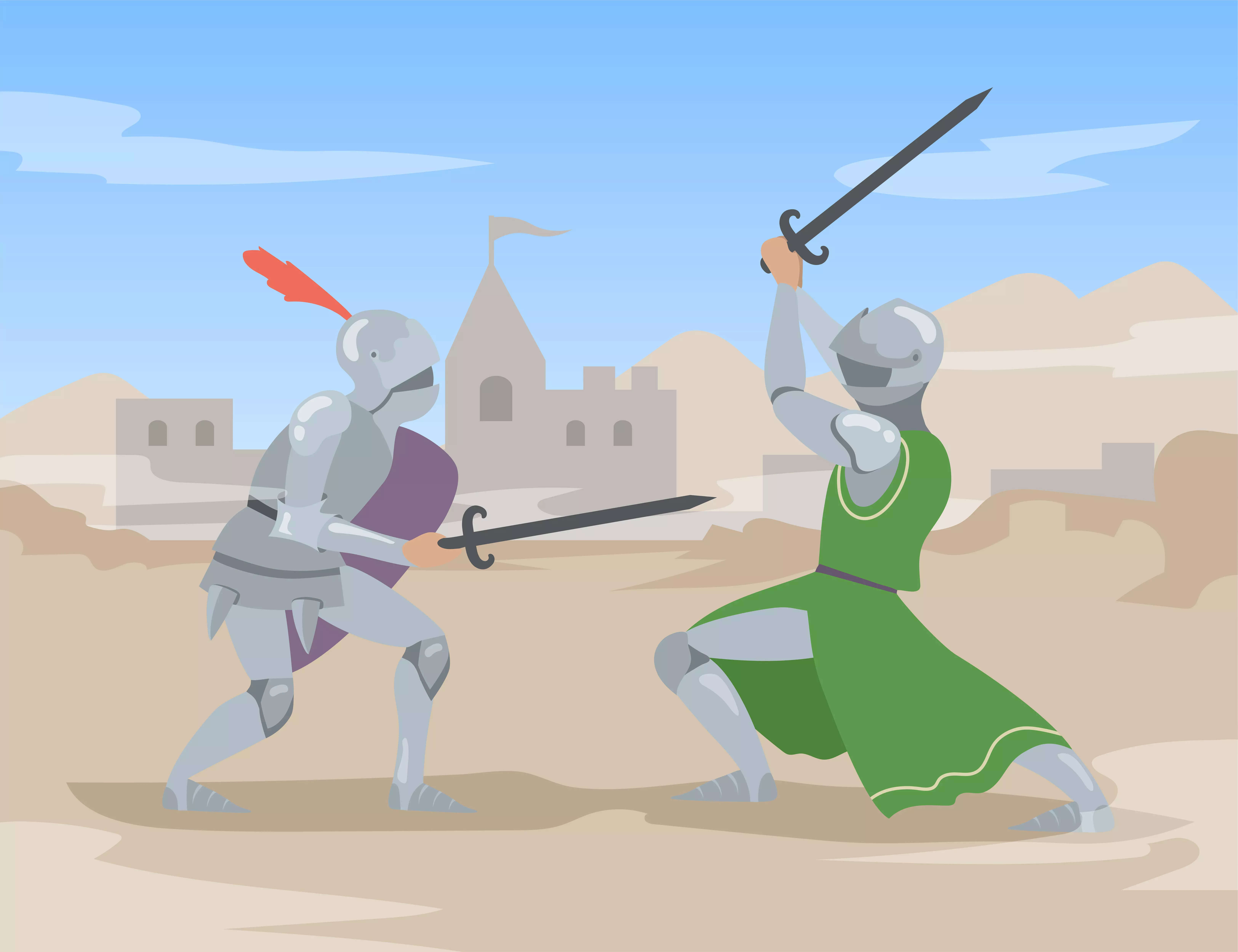The answer is yes, researchers believe.
Though Lachit Borphukan is revered, his bravery celebrated and his exploits well documented, the Mughal army was finally driven out of the then Gauhati in 1682, after Gadadhar Singha became the king of Assam. Yet, few know about Gadadhar Singha and his exemplary feat.
Lachit Borphukan died in 1672, soon after the Saraighat victory. After his demise, as mentioned in the “Lachit Borphukan and His Times” by SK Bhuyan published in 1947, Guwahati was handed over to the Mughals by Metekatalia Laluk Sola Borphukan in 1679 in return for a promised monetary reward and assurance to support him as a candidate for the throne of Assam as he always wanted to be king. He had negotiated with the Bengal governor, Sultan Azamtara, for evacuation of the fort at Itakhuli.
Thereafter, the Mughals continued to occupy Gauhati for three and a half years and finally in 1682, after Gadadhar Singha became the king of Assam, the Ahoms defeated the Mughals in the battle of Itakhuli and recovered Gauhati.
It remained with the Ahom king till they were ousted by the Burmese in 1822 and the British took over Assam in 1826 after the Treaty of Yandaboo. The Mughals were chased down to the Manas river, the western boundary of then Gauhati. Thousands of people commute through Panbazar, but hardly a few know about the final battle fought at Itakhuli.
A history researcher said the battle of Itakhuli must get equal importance like the battle of Saraighat. It is the duty of the government to protect the historic Itakhuli hill and spread and promote the valour of king Gadadhar Singha and his army. Itakhuli hill was also the headquarters of Lachit Borphukan till his death, from where he had chalked out war tactics and protected Assam from
the Mughals.
“The present state government has initiated various initiatives of late to spread the stories of bravery and courage of Lachit Borphukan on national and international platforms. But it should also have taken some steps to preserve history by protecting the hill and converting it into a tourist destination,” the researcher added.
Milan Buragohain, president of the All Tai Ahom Students Union (ATASU), said successive governments have not protected Itakhuli hill the way it should have been.
“Introducing Ahom general Lachit Borphukan on national and international platforms by celebrating his 400th birth anniversary, which was celebrated in New Delhi last year, is not everything. There were several other heroes of the Ahom dynasty, including Gadadhar Singha.
Therefore, protection to the monuments of Ahom period like Rang Ghar and Kareng Ghar in Sivasagar district along with the Itakhuli hill by the Archaeological Survey of India is our long-pending demand,” he added. “In schools, too, we are taught about the battle of Saraighat, but not about the battle of Itakhuli in detail. It is something the authorities should take up,” Buragohain said.
On the west end of the hill, the British constructed a gate to commemorate the visit of Lord Northbrook, who was the first British Viceroy to visit Assam in 1874.


